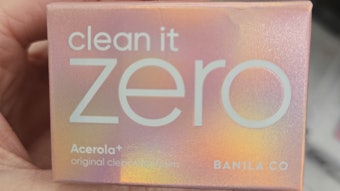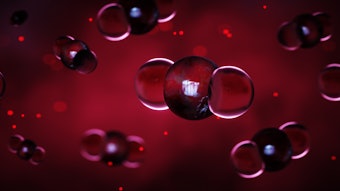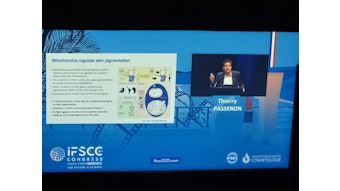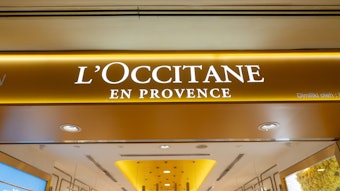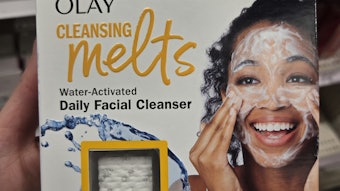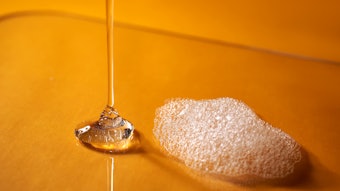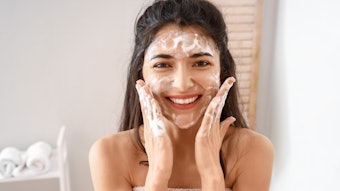Polyethylene glycol ingredients (PEGs) are often used in cosmetics to impart various properties to a formula. Choosing the best PEG for the desired formula is currently done by educated trial-and-error, which adds much time to the development cycle. To reduce the time involved in selecting the best PEG, we measured 10 important attributes of 16 commonly used, naturally-derived PEGs. We present these quantitative results in such a way that a formulator can simultaneously view two attributes of the PEGs at once. This presentation significantly facilitates the choice of the best PEG for the product being developed.
The PEGs we examined in this study are the products of ethoxylated natural oils. They are nonionic and have properties unlike other classes of surface-active agents; this makes them valuable to cosmetic formulators. As the name “nonionic” implies, these PEGs do not dissociate into ions, nor do they carry a positive or negative charge. These 16 nonionic PEGs are primarily employed in cosmetics and personal care product formulation as emulsifiers, conditioning agents, and solubilizers. A variety of natural PEGs were chosen, from tropical (macadamia) to desert (jojoba) plants, including both trendy (soy) and classic (castor, lanolin) cosmetic ingredients. Table 1 lists the 16 analyzed PEGs.
For each PEG, we examined 10 attributes (Table 1), each of potential importance to a cosmetic formulator. Basic tests included measurements of pH, viscosity and solubility. Characteristics that are more descriptive of the PEGs functionality in cosmetic products were also evaluated, such as HLB, clarity in water and moisturizing properties. These 10 attributes are:
• HLB (reported by manufacturer);
• pH of the PEG in 5% aqueous solution;
• Viscosity of the PEG in a 5% basic surfactant solution;
• Skin moisture at 1 hour of 5% aqueous solution; • Skin moisture at 6 hours of 5% aqueous solution;
• Amount of foam from PEG at 0.35% with 0.25% SLS aqueous solution;
• Clarity of the PEG at 5% in water; • Clarity of the PEG at 5% in a stearate stick;
• Slip of the PEG on glass plate;
• Spread of the PEG on filter paper.
The importance of each attribute will depend upon the system being formulated, and its desired properties. For example, the foam and clarity attributes of the raw material are obviously not serious considerations when formulating a lotion, but the HLB and moisturizing attributes of the PEG are probably important. When formulating a shampoo however, the foam and the clarity of the application are often essential. That is why we included a variety of PEG attributes in the study, so that we could cover a wide use of PEGs in the cosmetic industry.

